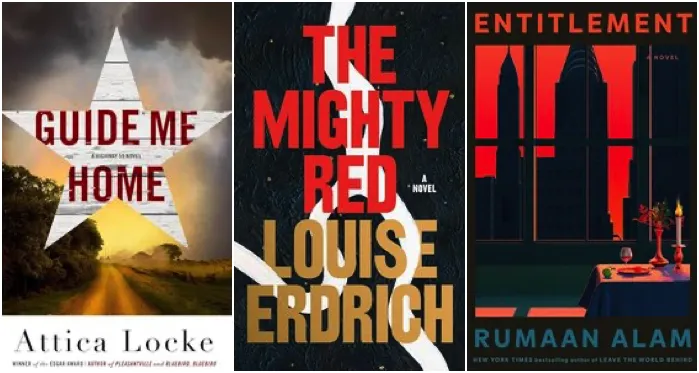
The 150 Most Anticipated Books of the Fall
Welcome to Today in Books, our daily round-up of literary headlines at the intersection of politics, culture, media, and more.
The 150 Most Anticipated Books of the Fall
It’s late August, which means it is time for lists of the fall’s Most Anticipated Books ™. I value Kirkus’ lists of anticipated books because as a review-heavy publication, there is a chance that the folks picking the books have read a bunch of the books on the list already, rather than regurgitating the lists of other publications (this happens quite a bit, and you can tell who is phoning it in). Still, 150…..is a lot of books. I am not sure what the ideal number for a list like this is–too few and it feels skimpy and too many and it seems less like an exercise in curation than one of cataloging. If the average American really does read 12 books a year, say double that for the kind of person interested in a list like this. That means two a month, or eight total through the fall season. So even with a smallish list of 24 books, this reader would read a only a third of them, even if all of their Fall reading came from the list.
J.D. Salinger Designed the Cover of The Catcher in the Rye Himself
I always thought the slight, under-designed cover of The Catcher in the Rye I (and everyone who cared about books at my high school) had was some later, cost-cutting mass market object, but no, it was the product of Salinger’s persnicketiness (that’s a word. don’t look it up). Well it was a later edition, but one borne out of Salinger’s new found leverage. After The Catcher in the Rye became a smash and the license needed renewing, his publishers didn’t much mind indulging his napkin-capture idea for the new edition. This story makes me like Salinger and my ratty old copy all the more. Also, The Catcher in the Rye is good. Just want to be on the record about that.
What Lasts and (Mostly) Doesn’t Last
As we were walking through art museums across Eastern Europe this summer, my family played a little game. After taking five names out of contention in any given museum, how many of the rest had we ever heard of? Sometimes after Bruegel or Rubens and the like there were one or two, but often there weren’t. Which left hundreds and thousands of paintings, hanging in some of Europe’s great museums, as unknown to us–the kind of people who like to go to art museums with their tweens. And this is true in any field–most things, even the most popular or notable in their times, fade. In this piece, Lincoln Michel argues that the things that survive tend to be things that are adored by: “artists, geeks, academics, critics, and editors.” This makes sense, as these are the people who can keep something in circulation outside of popular interest.
I would add a category here that Michel overlooks, and which I think is especially relevant as his piece is written in response to the “certainty” that mega-franchises like Harry Potter or the Marvel movies will still be a thing in a century: kids. From Oz to Middle Earth to the 100 Acre Wood, children’s literature can endure without the sheperding of cultural gatekeepers through time. And so I would not bet my life that people are going to be sorting themselves into Hogwarts houses in 2124, I think if I had to bet my life on one property, that would be it. Because parents give to kids who grow into adults who then give to their kids. Children’s literature, as a publishing phenomenon, is not as old as books for adults, but has proven as durable as anything that shows up on an AP English Test.
The comments section is moderated according to our community guidelines. Please check them out so we can maintain a safe and supportive community of readers!










Leave a comment
Join All Access to add comments.